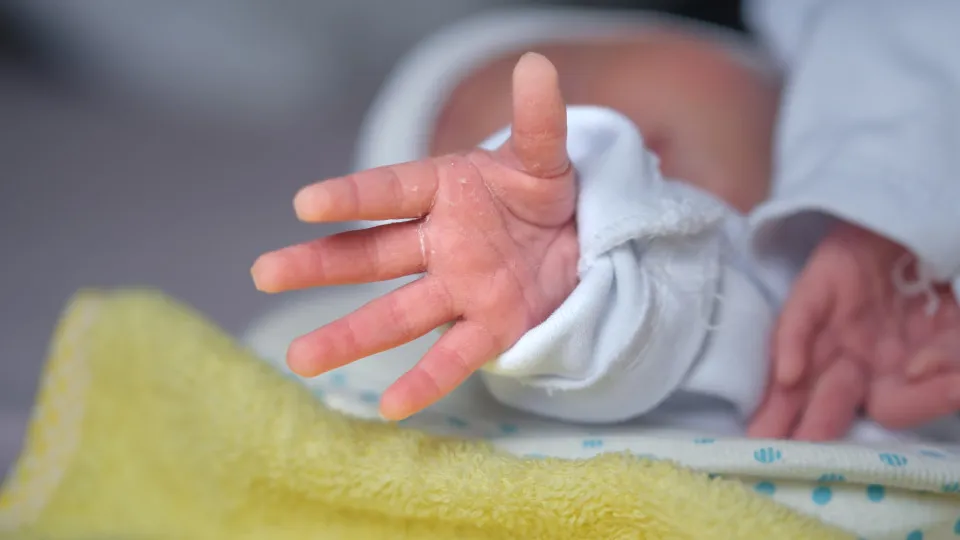
The nuclear technology solution addresses one of the most pressing environmental threats, plastic pollution, highlighted on World Environment Day, dedicated to the theme “No to Plastic Pollution.”
Last year, the world generated approximately 400 million tons of plastic waste. The Organization for Economic Cooperation and Development forecasts that by 2060, this figure will nearly triple to one billion tons.
In contrast to traditional methods like mechanical and chemical recycling, the NUTEC program (Nuclear Technology for Plastic Pollution Control) offers a third solution to tackle this challenge.
The program, led by the International Atomic Energy Agency (IAEA), has engaged 99 countries in marine microplastic monitoring and 52 in developing alternative recycling techniques.
The IAEA describes irradiation as a “highly effective” method for separating washed and shredded recycled plastic.
Plastic, which is non-biodegradable, comprises various polymer types—macromolecules. Irradiating the polymers makes them suitable for reuse, resulting in a purer and more valuable plastic.
On one hand, it degrades them, facilitating waste reprocessing.
Another effect is cross-linking, forming connections between molecular chains. This enhances their properties.
Furthermore, irradiation boosts polymer compatibility and aids in plastic waste restructuring through “grafting.”
Through oxidation, plastic becomes compatible with the fusion of other plastics and many binders.
After radiation modification, the waste can be used to produce industrial goods.
Argentina, the Philippines, Malaysia, and Indonesia are already working on pilot projects, including railway sleepers, wood and plastic composites for housing construction, and fuel as some of the products derived from this recycling approach.
“We are moving from research to real life,” says Azillah Binti Othman, head of radiation treatment at the IAEA.
Following these tests, the program is expected to be fully operational by 2026.
Additionally, according to the IAEA, nuclear science can also detect, track, and monitor plastics and microplastics in the ocean.
To this end, the agency aims to increase the number of laboratories equipped with the necessary technology from 21 to 50 globally. To date, two facilities, in Australia and Kuwait, have been designated as reference centers with advanced microplastic analysis capabilities.
Advanced capabilities are also available in laboratories in Belize, Brazil, Chile, China, Ecuador, the United Arab Emirates, and Panama, with essential capabilities in other centers in Colombia, Japan, Pakistan, the Philippines, and Thailand.
Since 2018, the IAEA has managed a collaborative tool with Latin America and Caribbean countries, REMARCO (Red de Investigación de Estresores Marinos-Costeros), which seeks scientific evidence of the state of the marine-coastal environment using nuclear, isotopic, and complementary techniques.
The second part of the fifth session of the Intergovernmental Negotiating Committee (INC), working on a legally binding instrument addressing plastic pollution, including marine environments, will convene in Geneva from August 5 to 14.




